Airport security is of paramount importance in today's world, and airport fences play a crucial role in maintaining that security. These fences act as the first line of defense, providing a physical barrier to unauthorized access and deterring potential threats. Additionally, they contribute to the overall safety of the airport by preventing accidents and perimeter breaches. In this article, we will explore the significance of airport fences in enhancing security and safety above ground. We will delve into the various types of airport fences, their advantages, and their limitations. Furthermore, we will examine the factors that influence the selection and installation of these fences, including location, budgetary constraints, and regulatory requirements. Finally, we will provide valuable insights into maintaining and upgrading airport fences to ensure their continued effectiveness and durability.
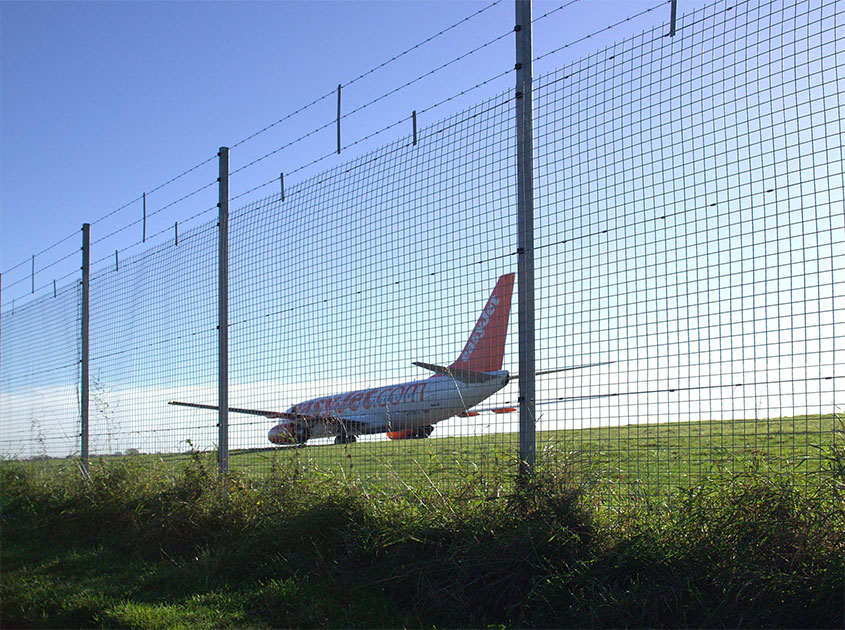
Importance of Airport Fences in Enhancing Security and Safety:
Unauthorized Access Prevention: Airport fences act as a physical barrier, preventing unauthorized inpiduals from entering restricted areas. By creating a clear boundary, these fences discourage trespassing and help maintain control over who enters the airport premises.
Deterrence of Criminal Activities: A well-designed and robust airport fence acts as a visual deterrent to potential criminals, such as vandals, thieves, or terrorists. The presence of a secure perimeter makes it harder for criminals to breach and infiltrate the airport, reducing the risk of theft, sabotage, or other illicit activities.
Risk Mitigation: Airport fences contribute to risk mitigation by preventing accidents and perimeter breaches. They establish a clear boundary for vehicles and pedestrians, reducing the likelihood of collisions or accidental entry onto runways or taxiways. This, in turn, enhances the safety of airport operations and reduces the potential for accidents that could endanger both aviation personnel and the public.
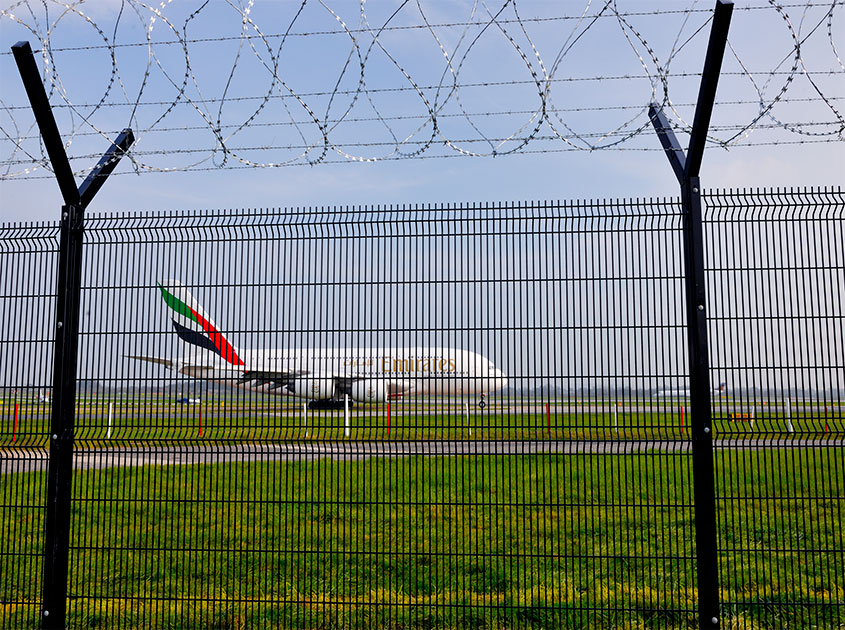
Benefits and Limitations of Airport Fences:
Benefits:
Improved Security: Airport fences create a physical barrier that enhances the overall security posture of the airport.
Deterrence: Visible and well-maintained fences act as a deterrent, discouraging potential threats.
Controlled Access: Fences provide a clear boundary, allowing for better control over who enters or exits the airport premises.
Safety Enhancement: Fences prevent accidents and unauthorized access to runways or taxiways, promoting safety.
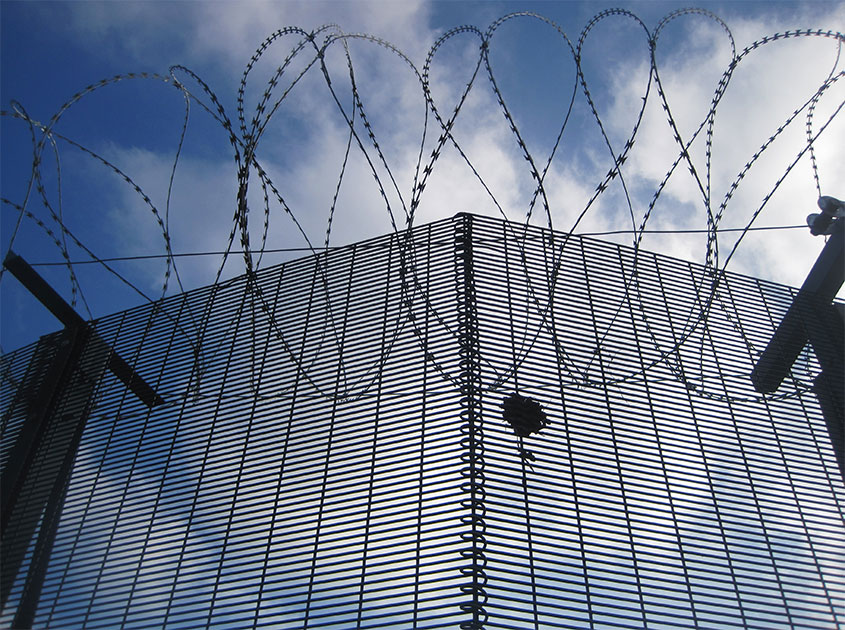
Limitations:
Climbing and Scaling: Standard fences can be climbed or scaled by determined inpiduals, necessitating additional security measures.
False Sense of Security: Relying solely on fences may create a false sense of security, requiring comprehensive security systems and protocols.
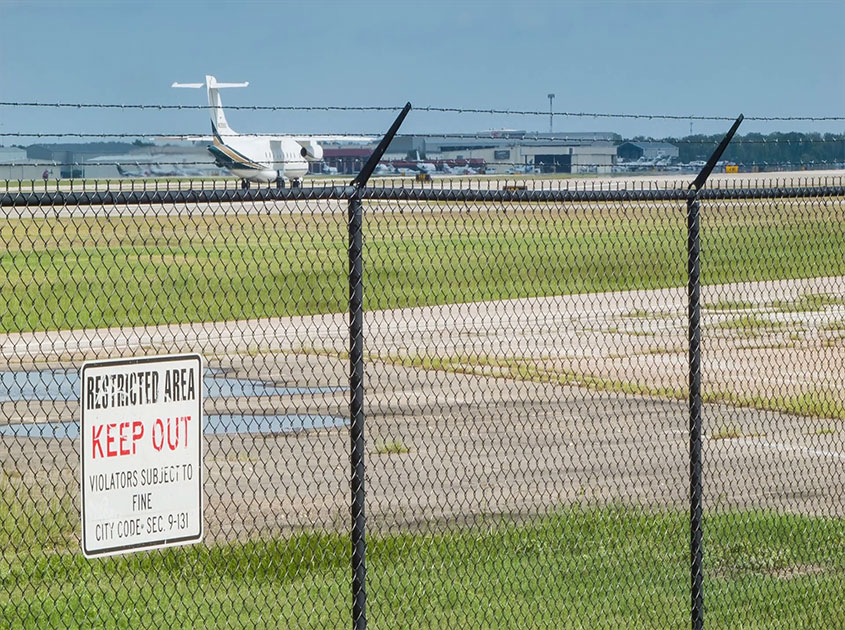
Factors Influencing Selection and Installation:
Location and Surroundings: The airport's geographical location, neighboring areas, and terrain influence the choice of fence type. For example, airports near high-crime areas may require more robust security fences.
Regulatory Requirements: Regulatory bodies often provide guidelines and standards for airport security, including fencing requirements. Compliance with these regulations is crucial in selecting and installing airport fences.
Budgetary Constraints: Budget considerations play a significant role in choosing the appropriate fence type, as different materials and technologies vary in cost. Balancing security needs with available resources is essential.
Security Assessment: Conducting a comprehensive security assessment helps identify vulnerabilities and determine the level of security required. The assessment informs the selection and placement of airport fences to address specific security concerns effectively.
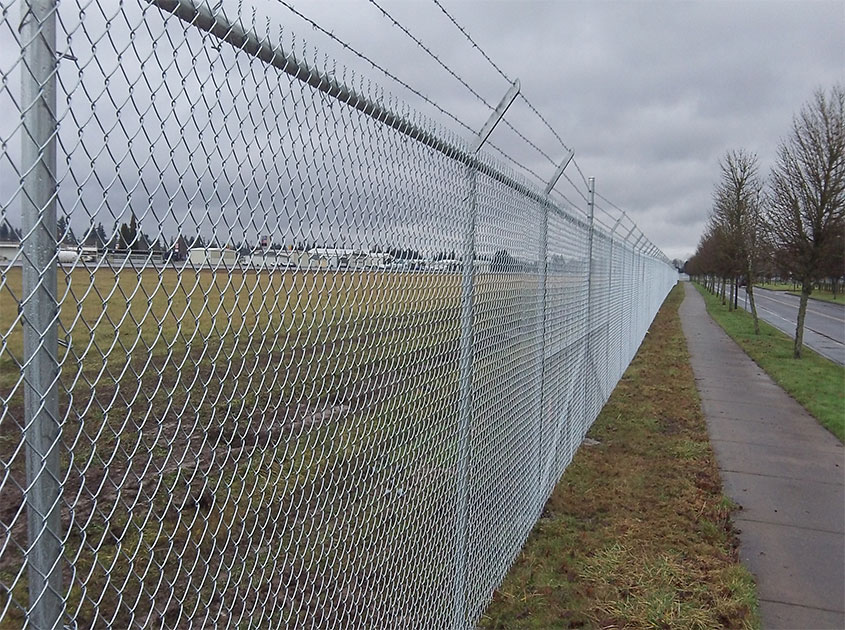
Maintaining and Upgrading Airport Fences:
Regular Inspections: Routine inspections of airport fences are essential to identify any damage, wear and tear, or vulnerabilities. Prompt repairs or replacements can be undertaken to maintain the integrity of the fence.
Vegetation Control: Vegetation around fences should be regularly trimmed and controlled to prevent obscuring views or providing potential hiding spots for intruders.
Upgrading Security Features: As new security technologies and innovations emerge, airports should consider upgrading their fences with features such as intrusion detection systems, CCTV cameras, or access control systems to enhance security.
Employee Training and Awareness: Security personnel should receive appropriate training on the importance of airport fences, their role in security, and the procedures to follow in the event of a breach. Increasing employee awareness contributes to the effectiveness of security measures.
Conclusion:
Airport fences are vital components in safeguarding airports, enhancing security, and promoting safety. They serve as physical barriers, preventing unauthorized access, deterring criminal activities, and reducing the risk of accidents. The selection and installation of airport fences should be based on factors such as location, regulations, and available resources. Regular maintenance and upgrades ensure the continued effectiveness of these fences. By investing in robust and well-maintained airport fences, airports can strengthen their security infrastructure and provide a safer environment for passengers, aviation personnel, and the surrounding community.
Pre:The Versatility of Australia Temporary Fencing: Applications in Various Industries in Australia
Next:Chain Link Fence: A Classic Choice for Airport Perimeters